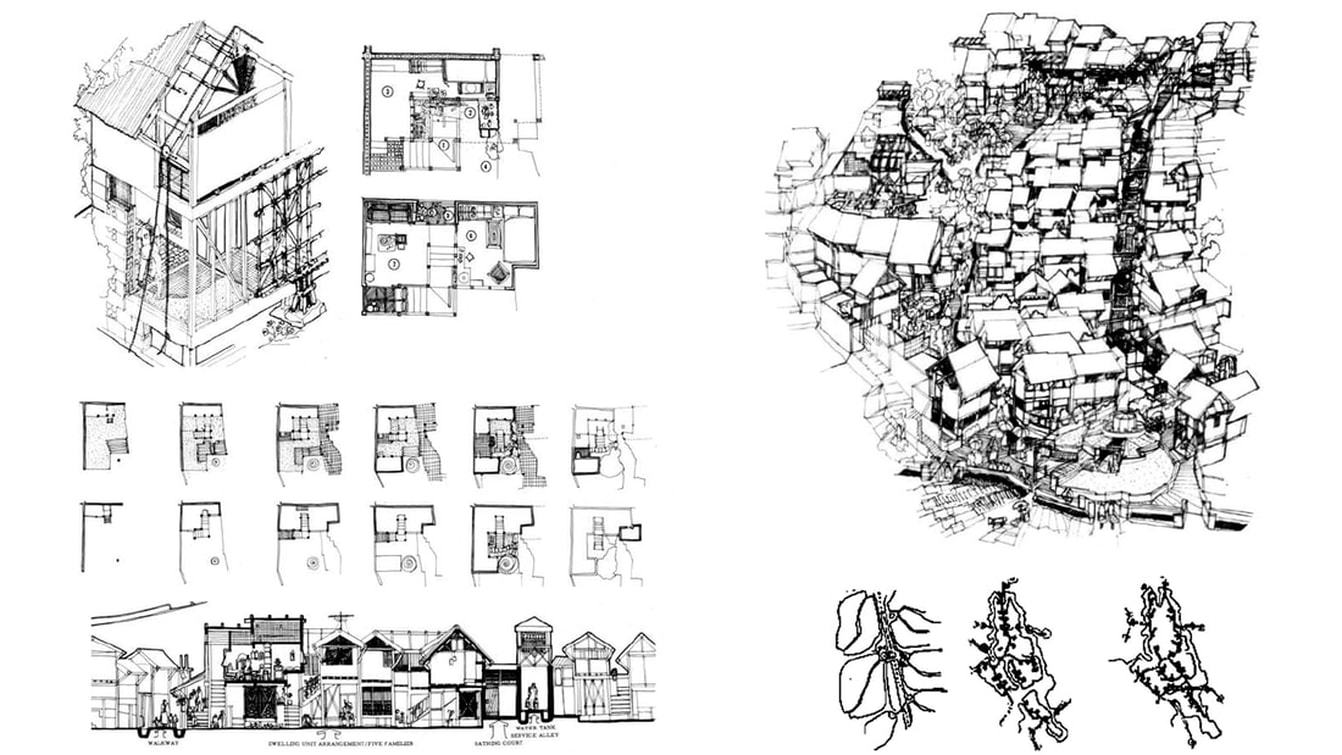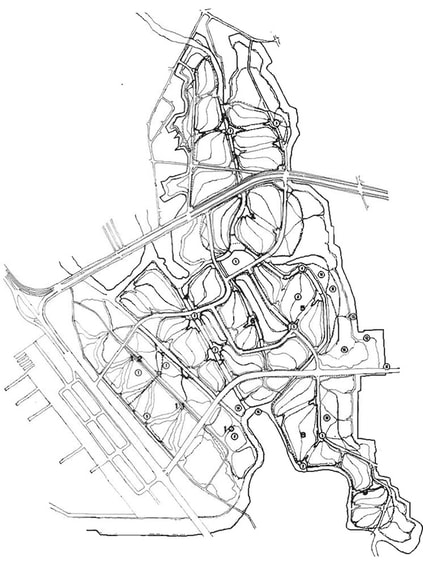Tonda Foreshoreland Urban Community
1976 - Manila, Philipine
|
The intention was to provide guidelines and designs for a self-help housing community of 500 families or approximately 3,500 people, including community facilities, services, building types, appropriate materials and technologies, water supply, energy food production, waste disposal and recycling systems.The scheme evolved around the utilization of the indigenous or local ca-pabilities of the community in outlining a process by which they could define community and neighborhood boundaries, subdivide land, design and construct their own homes and carry out the growth, maintenance and repair of their own community.
|


